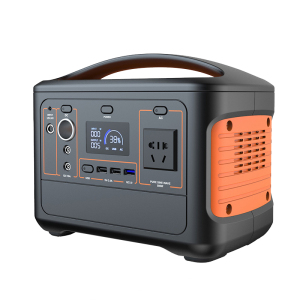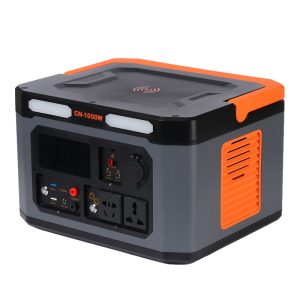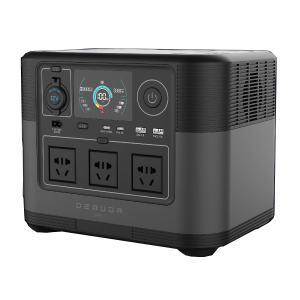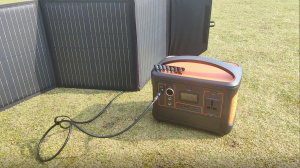More
Harnessing Power: Technologies to Increase the Capacity of Portable Power Station For Camping
Harnessing Power: Technologies to Increase the Capacity of Portable Power Station For Camping
Introduction:
Outdoor mobile power stations have revolutionized the way we access and utilize power in remote locations, enabling us to stay connected, power our devices, and enjoy our outdoor adventures. As our power requirements continue to evolve, the need for increased power capacity becomes essential. Fortunately, advancements in technology have led to innovations that allow for higher power capacities in portable power stations. In this blog post, we will explore the technologies that can increase the power capacity of outdoor mobile power stations, enhancing their performance and extending their usability.
-
Lithium-Ion Battery Advancements:
Lithium-ion batteries have become the go-to power source for portable devices, and their advancements have greatly influenced the power capacity of outdoor mobile power stations. Improved battery chemistry, including higher energy density materials and enhanced electrode designs, allows for greater power storage within the same physical footprint. These advancements result in higher capacity batteries, enabling portable power stations to store more energy and provide extended runtime for your devices.
-
Battery Cell Stacking and Parallel Configuration:
To increase power capacity, manufacturers employ battery cell stacking and parallel configuration techniques. Battery cell stacking involves connecting multiple battery cells in series, increasing the voltage output. Parallel configuration, on the other hand, connects multiple battery cells in parallel to increase the overall capacity. Combining both methods enables power stations to deliver higher capacities, accommodating the growing power demands of modern devices.
-
Advanced Battery Management Systems (BMS):
Battery Management Systems (BMS) play a crucial role in maximizing the power capacity and efficiency of outdoor mobile power stations. BMS monitors and controls various aspects of battery operation, such as voltage, current, temperature, and state of charge. Advanced BMS technologies optimize power flow, balance cell voltages, and prevent overcharging or over-discharging, ultimately enhancing the power capacity and longevity of the batteries.
-
High-Efficiency Power Conversion:
Efficient power conversion is key to maximizing the power capacity of mobile power stations. By implementing high-efficiency power conversion technologies, such as advanced DC-DC converters and inverters, power losses during energy conversion are minimized. This efficiency translates into more power being available for use, maximizing the overall power capacity of the portable power station.
-
Integration of Solar Charging:
The integration of solar charging technology offers a unique opportunity to increase the power capacity of outdoor mobile power stations. Solar panels capture sunlight and convert it into electricity, supplementing the internal battery’s capacity. By incorporating solar charging capabilities, portable power stations can harness the renewable energy of the sun, increasing their power capacity and providing an independent and sustainable power source in outdoor environments.
Conclusion:
The technologies driving the increased power capacity of outdoor mobile power stations are continuously evolving, empowering us to meet our growing power demands in outdoor settings. Through advancements in lithium-ion batteries, battery management systems, power conversion efficiency, and the integration of solar charging, portable power stations can deliver higher power capacities, extended runtimes, and enhanced usability. As technology continues to progress, we can expect even more impressive power capacity improvements, allowing us to stay connected, power our devices, and embrace the freedom of the great outdoors. Embrace the power of these technologies, and enjoy the convenience, reliability, and extended power capacity offered by modern outdoor mobile power stations.













